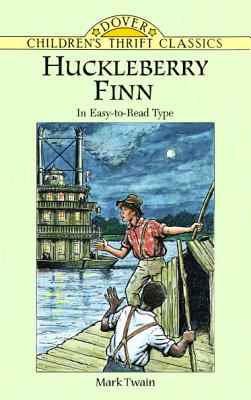
description
ing spent a winter with one of the most dissipated women in England should have sobered my mind so completely.' Maria Edgeworth's 1801 novel, Belinda, is an absorbing, sometimes provocative, tale of social and domestic life among the English aristocracy and gentry. The heroine of the title, only too conscious of being 'advertised' on the marriage market, grows in moral maturity as she seeks to balance self-fulfilment with achieving material success. Among those whom she encounters are the socialite Lady Delacour, whose brilliance and wit hide a tragic secret, the radical feminist Harriot Freke, the handsome and wealthy Creole gentleman Mr Vincent, and the mercurial Clarence Hervey, whose misguided idealism has led him into a series of near-catastrophic mistakes. In telling their story Maria Edgeworth gives a vivid picture of life in late eighteenth-century London, skilfully showing both the attractions of leisured society and its darker side, and blending drawing-room comedy with challenging themes involving serious illness, obsession, slavery and interracial marriage.
member goods
No member items were found under this heading.
Return Policy
All sales are final
Shipping
No special shipping considerations available.
Shipping fees determined at checkout.







